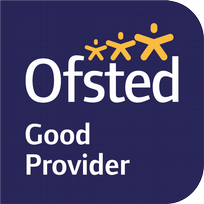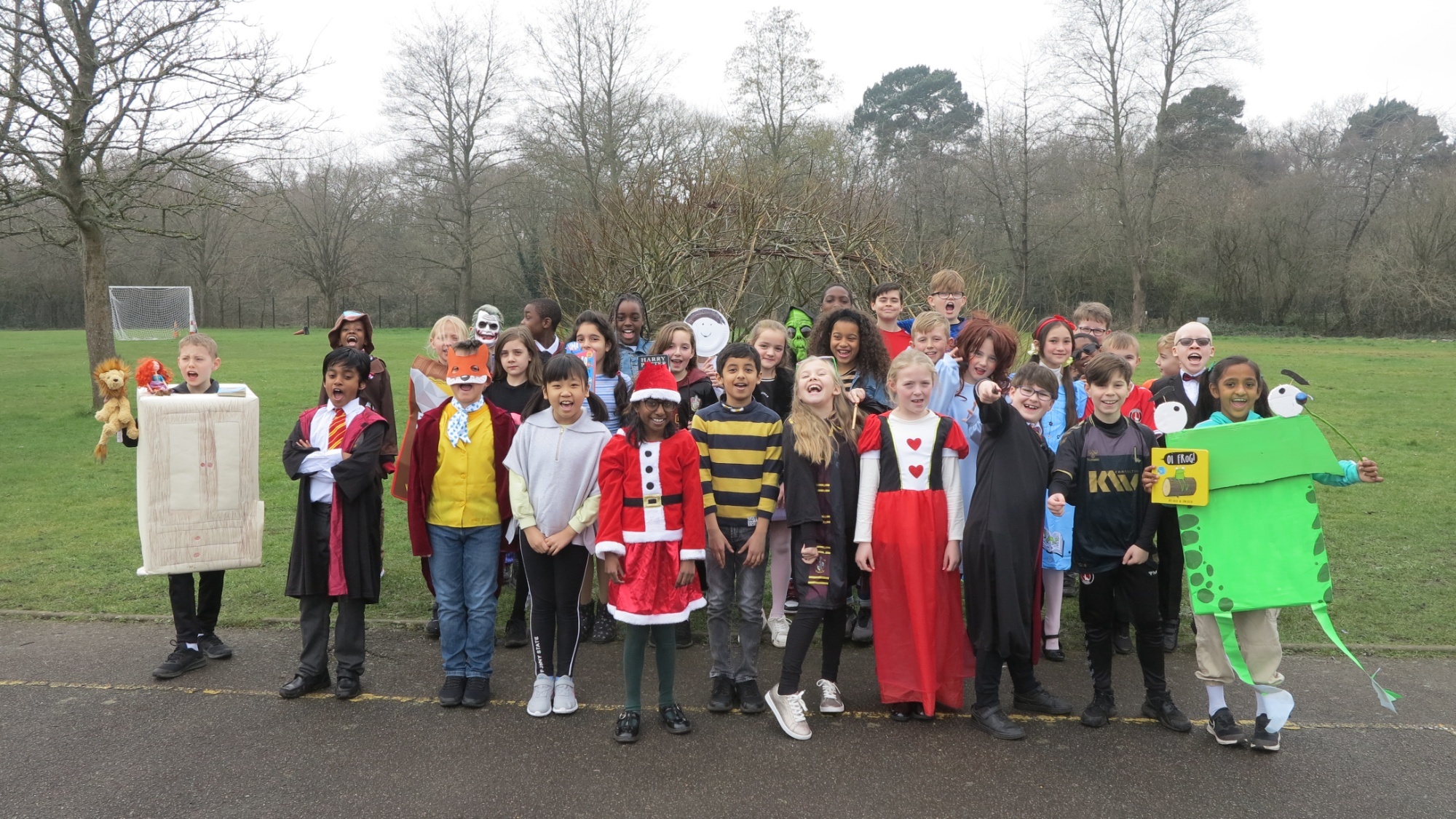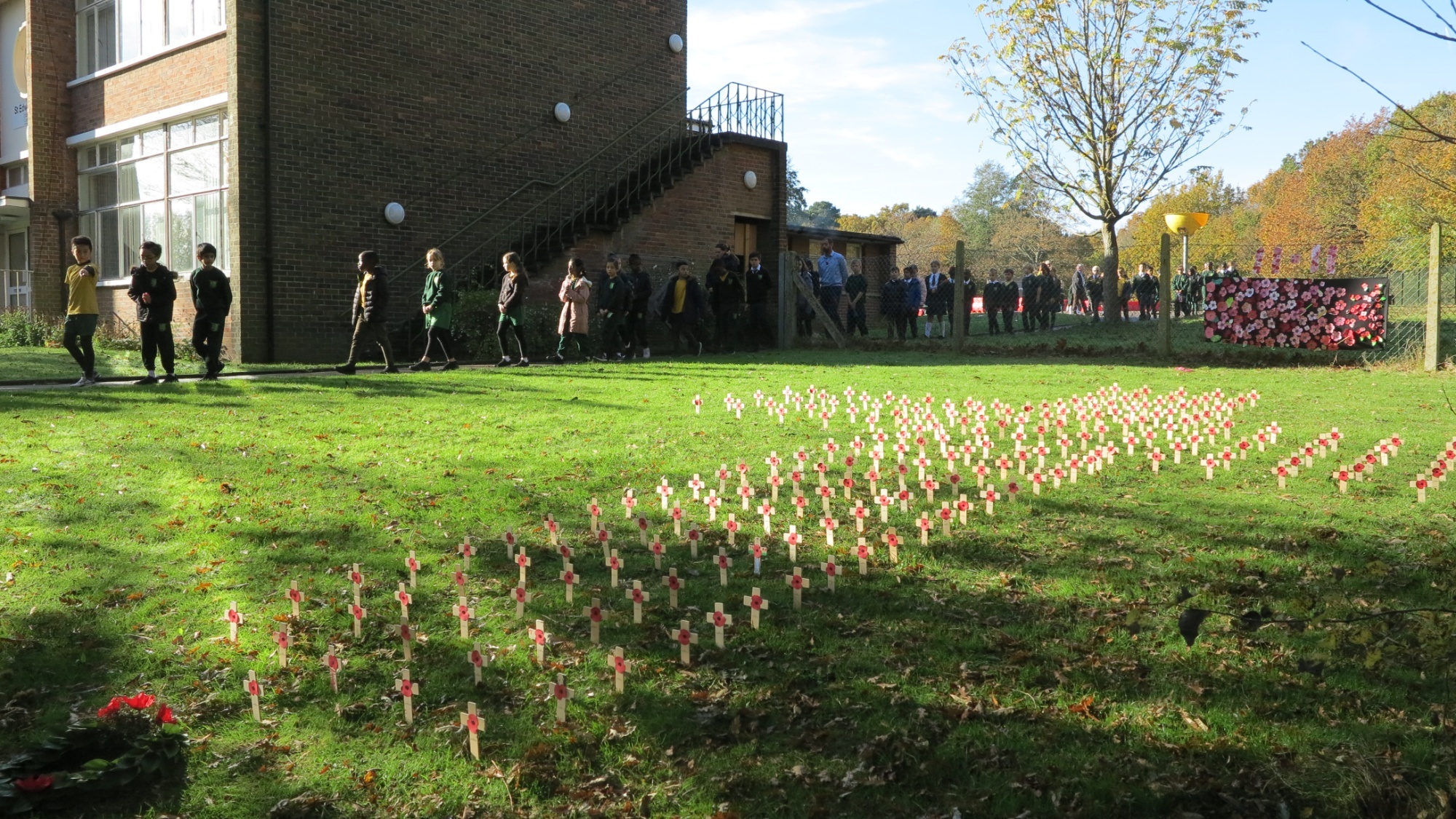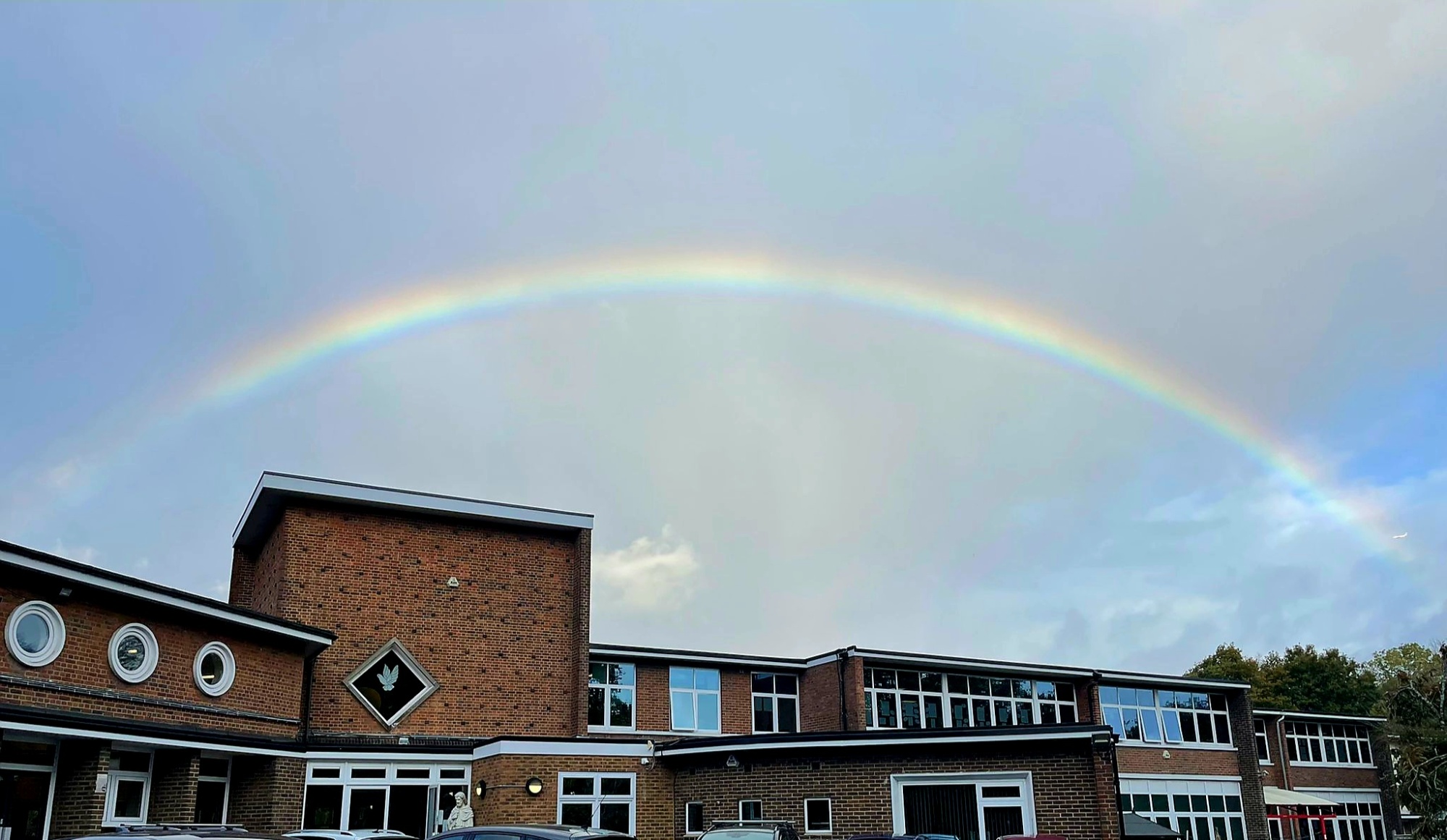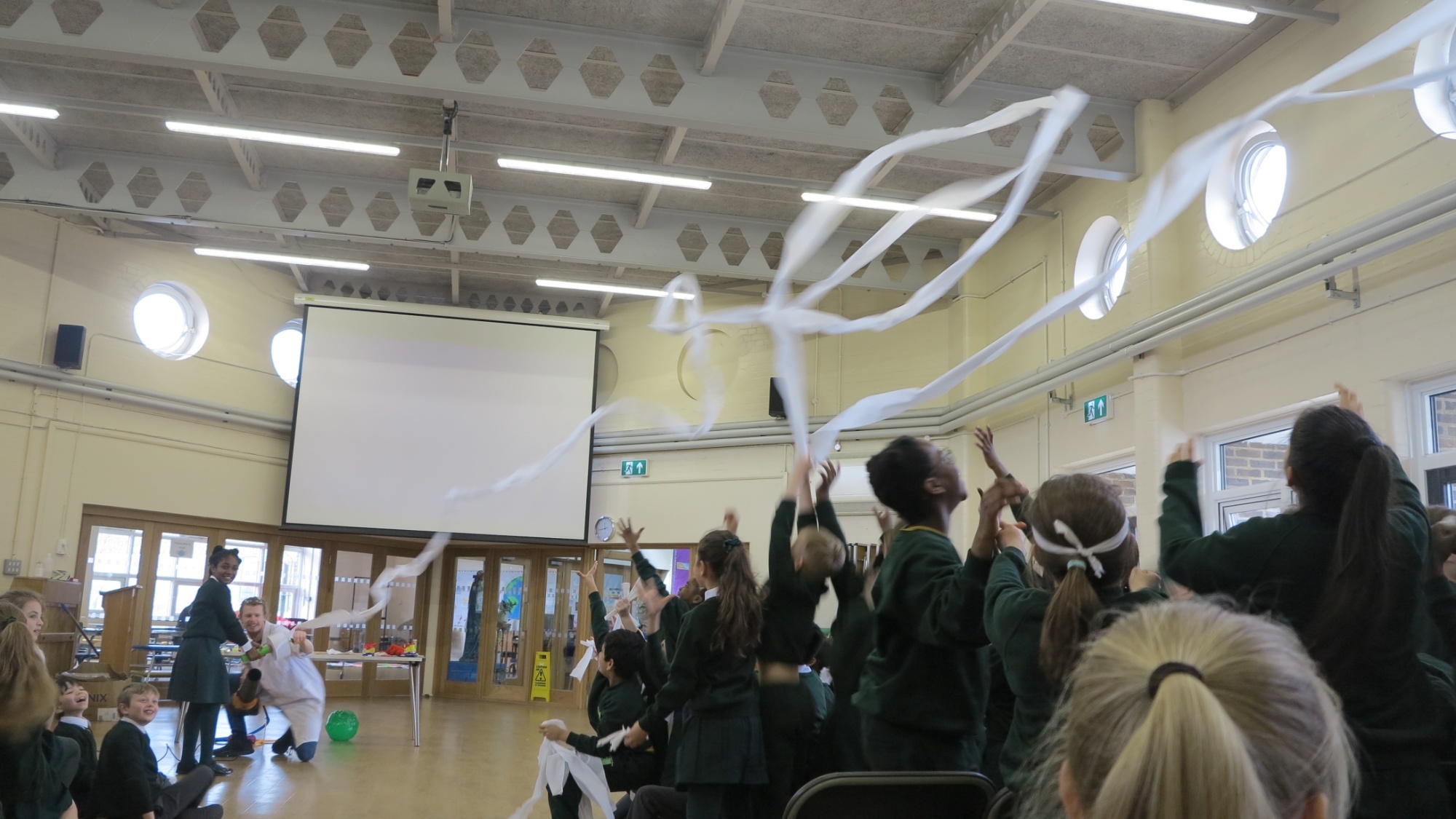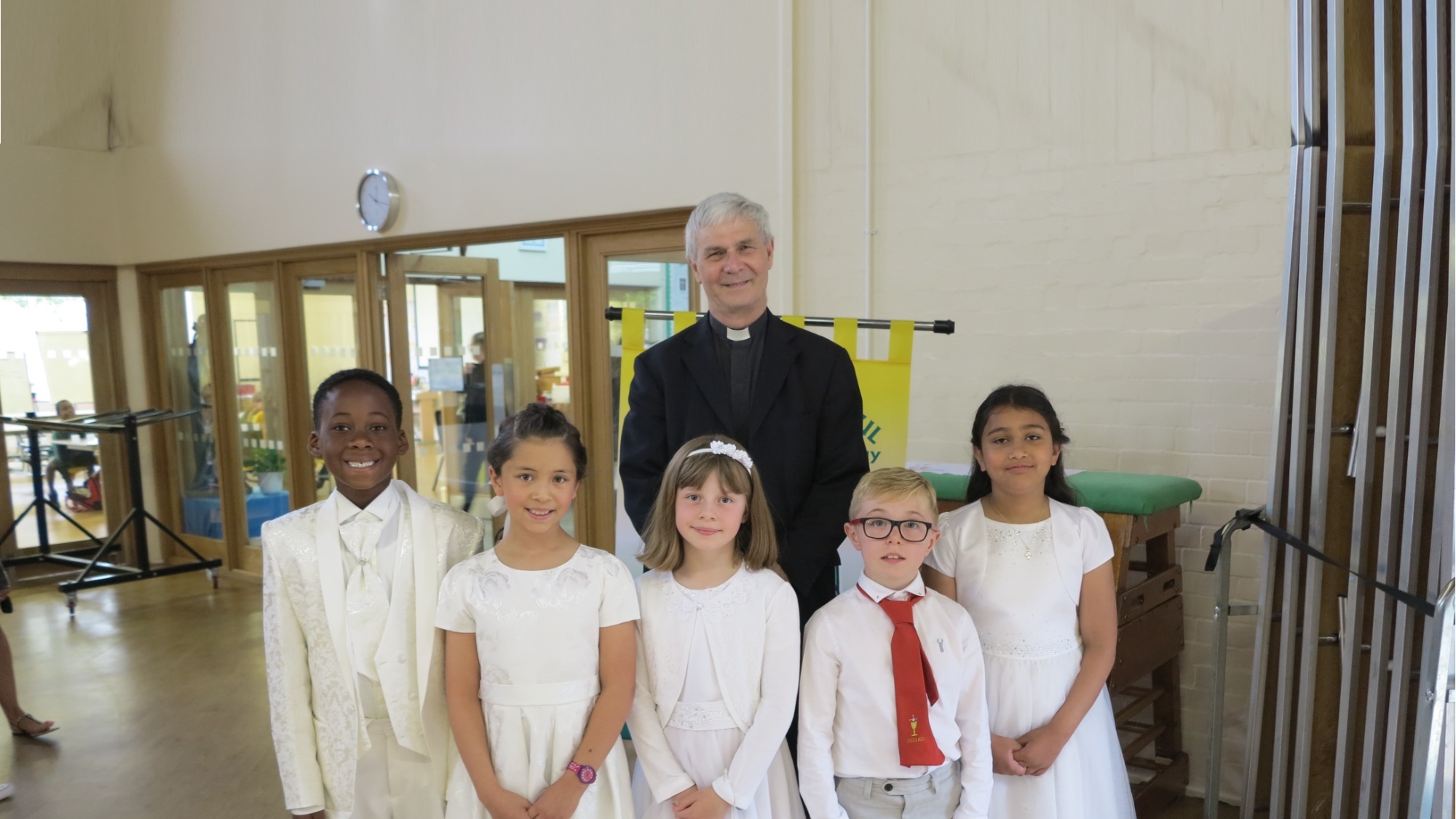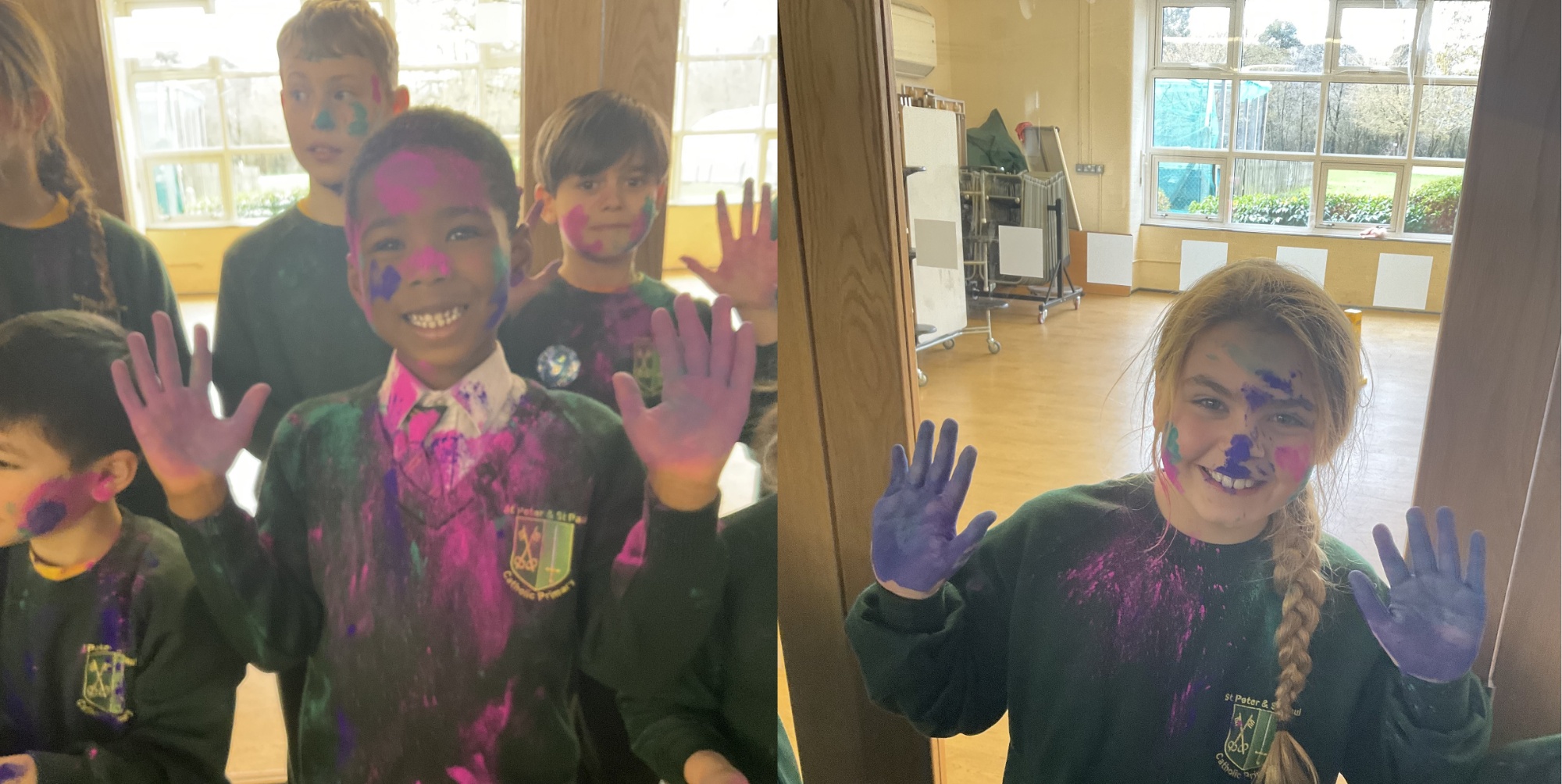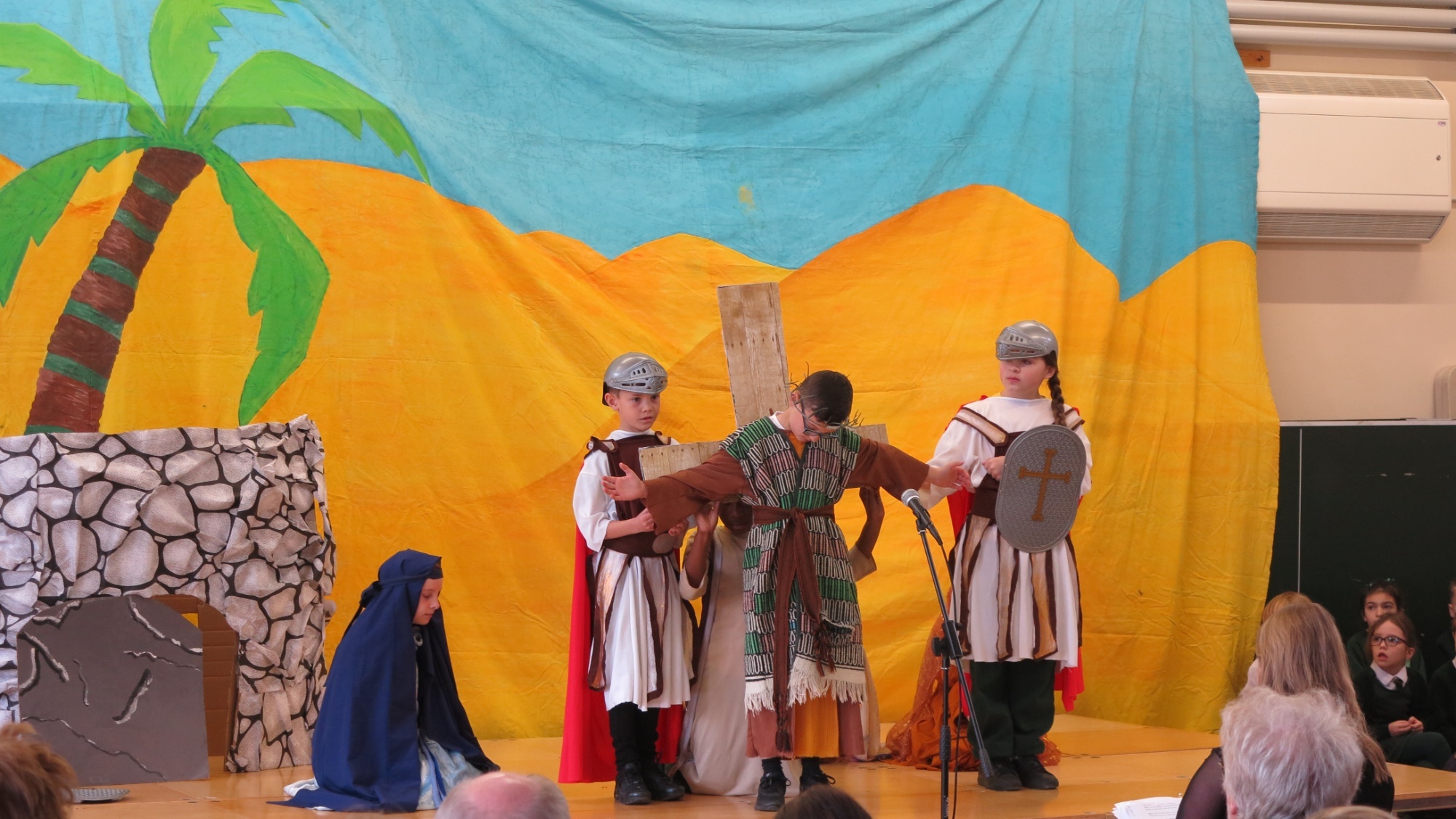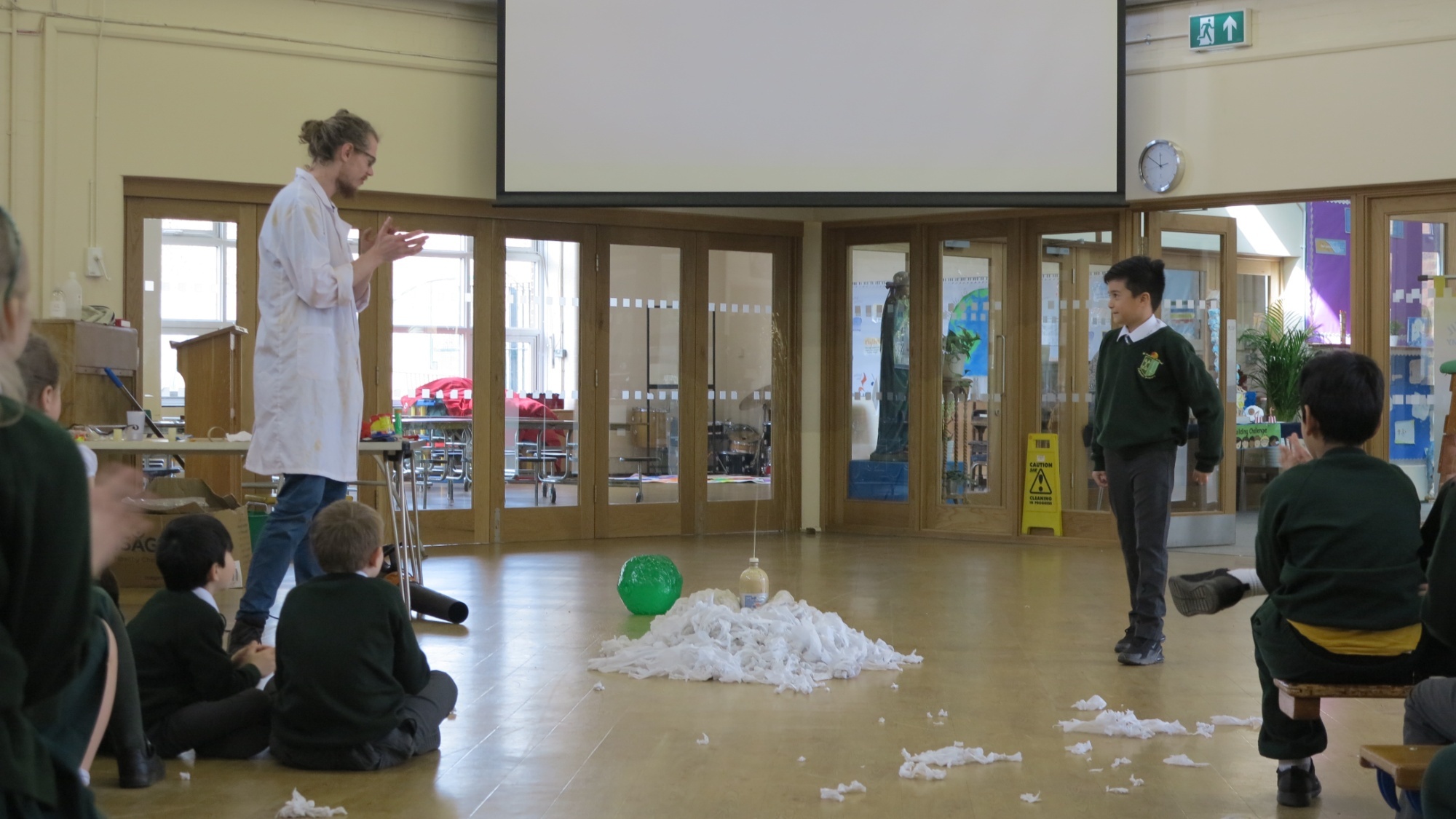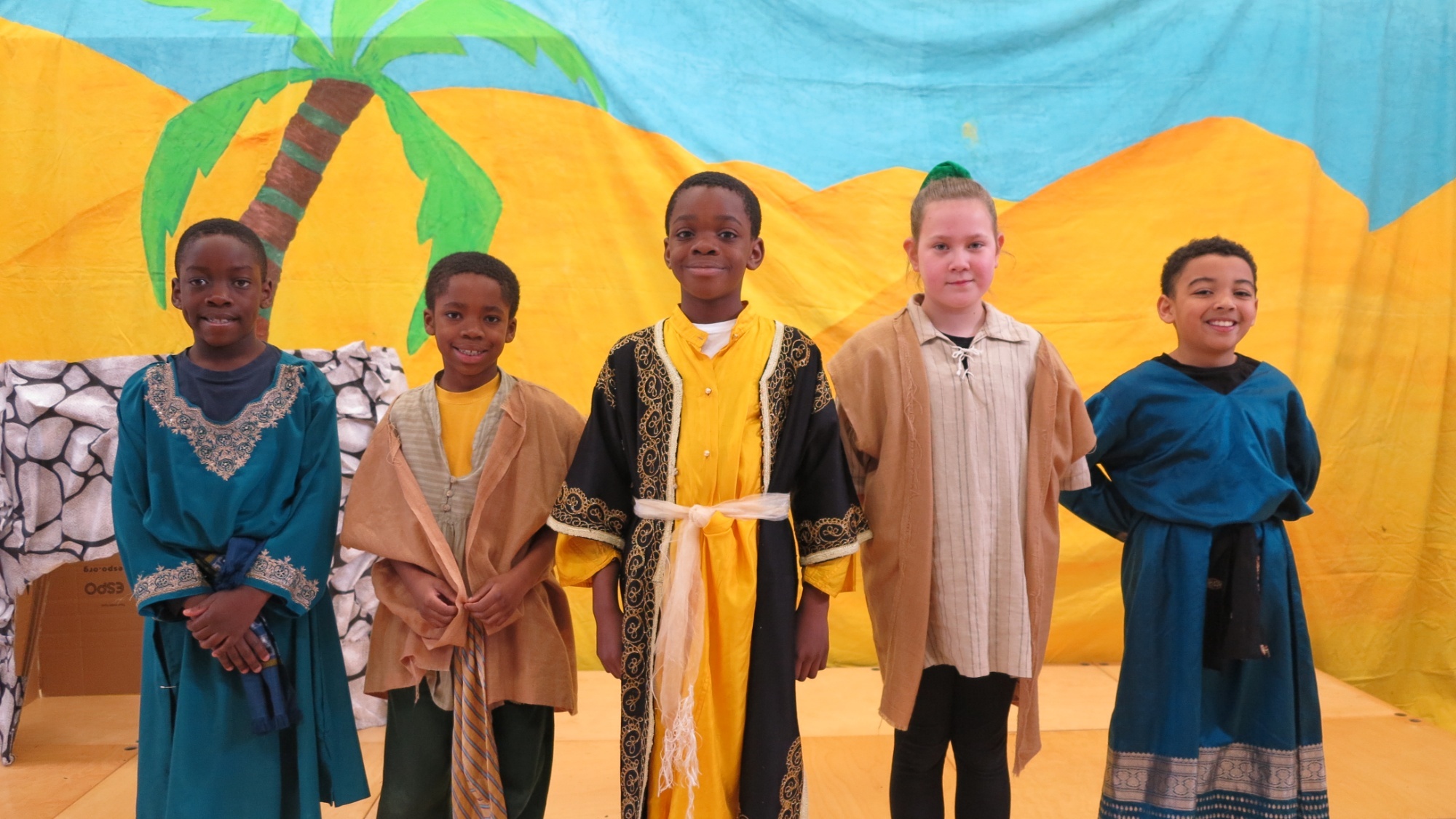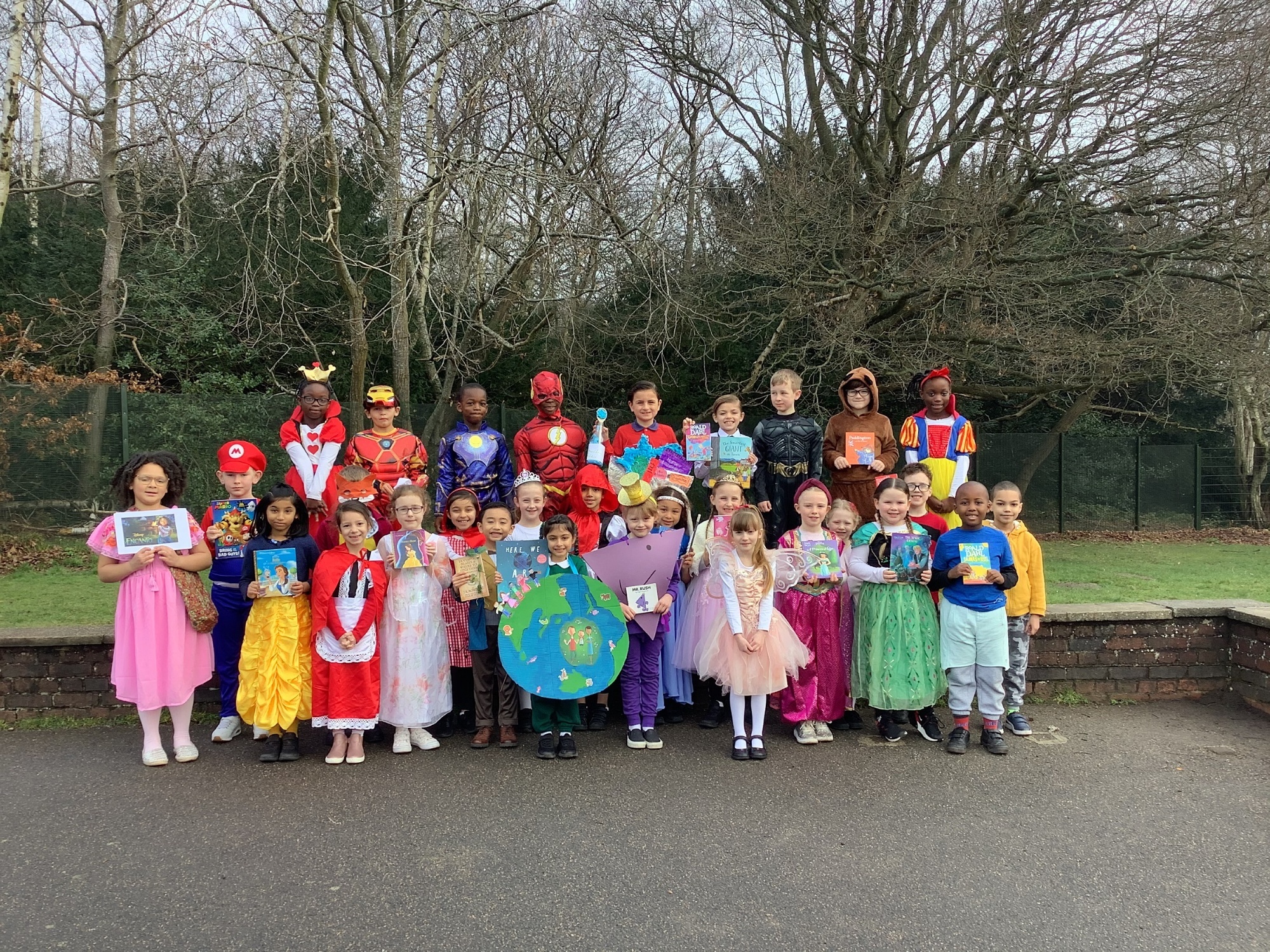.png)
Acorn Daily Planner - 06.07.20
Monday 6th July 2020
Good Morning Acorns,
We hope you had a great weekend and you’ve had to time to play and rest. Thank you for your wonderful dolphins, we were so impressed with your poly-mosaic art!
Let’s begin the day by practising our green words. We have a tutorial for you to watch containing some green words. This is the link you will need: https://www.youtube.com/watch?v=Jr_JVz63Ubs After you have finished blending the letter sounds to read each word, choose one word and see if you can spell this word correctly in your home learning book. Write the word 5 times.
This week we will be continuing with our sea topic. We will be learning about different types of fish. Can you name a type of fish? We have learnt about sharks and sharks are fish. Remember that dolphins are not fish, they are mammals. Today we will be looking at the vibrant clown fish. Please share this video with your grown-up and discuss. This is the link you will need: https://kids.nationalgeographic.com/videos/scuba-sams-world/#/1207387203979 Afterwards, look at the ‘Clown Fish’ PowerPoint with your grown-up. What did you find interesting?
Draw a picture of a Clownfish. Then write a short description. For example, ‘The Clownfish is a small fish’ or ‘A Clownfish is orange, black and white’. Remember to write a golden sentence. You must include a capital letter, finger spaces and a full stop.
In Maths today, we will be counting how many objects are in a set and understand that if the items are rearranged, the number remains the same. Practise counting to 6 and then on to 10, using fingers.
Your grown-up will need to place four objects on a tray and show them to you. Count how many things there are. Count to establish that there are four things. Your grown-up will need to use a soft toy or glove puppet. Explain that the puppet likes to mess up the tray! Make the puppet move some of the objects around on the tray but ensure that he doesnʼt take any off. How many things are there now on the tray? The number is still the same. The puppet just moved the things around. He did not take any off and he did not put any more things on the tray.
Your grown-up will need to add two other items to the tray. How many things are there now? Do not focus on adding but establish by counting from one that there are six things on the tray. Again, make the puppet move the things around. How many things are there now? Grown-ups point out that the puppet did not take any things off, nor did he add any things to the tray. So the number of items is still the same. Remove three things and repeat task.
Now we are going to do some drawing with a fish theme! Choose a number between 6-10. Draw a large circle and write your chosen number in the circle. Then draw the correct amount of objects to match your chosen number. For example, if your number is 8, then you will need to draw 8 fish. If you choose number 10, you might draw 10 octopuses. If you want a further challenge, choose a number between 11-20. When you have drawn your objects, make sure you count them carefully to check that you have the correct amount. Then repeat this task with other numbers. This work can be done in your home learning book. We have attached some clownfish number cards for you to use at home if you would like to practise recognising numbers up to 20.
We have been learning lots about the sea. Watch this video and explore the beautiful coral reefs. This is the link you will need: https://www.youtube.com/watch?v=J2BKd5e15Jc
Did you spot the clownfish in the video? We would like you to paint a picture of a coral reef. This can be done as a painting or if you would prefer to use pastels or crayons this is fine too. If you have some old tubes at home, you could create a miniature coral reef with different objects. Please ask your grown-up’s permission before using any resources!
The sea creatures we have been learning about live in the sea. This is their home, their habitat. Talk to your grown-up about different animal habitats and think about where animals might live. We have attached some ‘Habitats-Photo Cards’ if you would like to use these at home. Look at the pictures and see if you can think about which animals live in these habitats.
We have attached the ‘Red Words’ for you to practise. Remember these are tricky words and it is important for you to be able to recognise these words by sight.
You’re doing so well Acorn Class, we are really proud of you. Keep up the good work!
We hope you have a wonderful day.
Mrs Sanford and Miss Williamson

